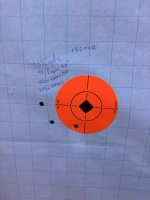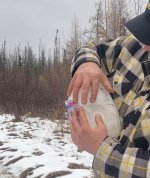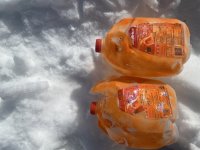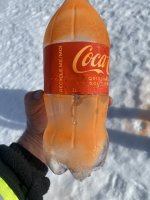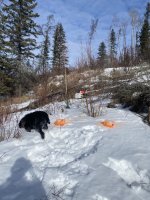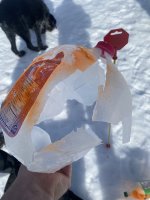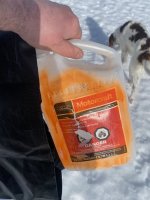I use all the shots.
How you fire 10 shots strings is as important as the statistical data you get from the string itself. Constantly firing without letting the barrel cool between strings tells you misleading data because of course barrel heat will warp the barrel to some degree. (unless you're firing multiple shots as part of a competition with time constraints and wish to know how the barrel warps which is another discussion entirely)
It is very important to allow for barrel cooling in order to simulate as much as possible "the cold bore shot" usually taken during hunting conditions.
The thickness of barrel, whether fluted or non fluted, stainless, carbon fiber or simple blued steel and most important ambient temperature as well as method of cooling (which for most is waiting a period of time and checking barrel temp before firing again) are all factors.
Some folks will fire slow strings of 5 repeatedly (NRA 5X5 protocol) and walk down to check and change targets allowing barrel to fully cool in between strings. There are different techniques.
The important thing is to get a high enough sample rate and/or repeat the string enough times to get statistical valid data.
This doesn't have to be complex or cost a whole bunch. It just involves a little extra range time and ammo and well worth it whether the application is hunting or competitive sports. I'd argue that it is now more important than ever for hunting nowadays since the trend is toward longer shots with better tools.
The suggested slow group of 10 is a quick and dirty way of determining the quality and validity of the 3 most important factors - the shooter, the rifle and the ammo. The random casual 3 shot 1 inch group may easily open up to 1.5 inches or more using 10 shots because of ammo manufacturing tolerances but that still may be more than adequate for shots you are likely to want to take. But now you know!! and knowledge is capability.
Nothing beats the confidence of knowing you can make the shot in the field under conditions you're likely to encounter with the tools you carry.
 YouTube·Hornady Manufacturing·Dec 15, 2022
YouTube·Hornady Manufacturing·Dec 15, 2022
How you fire 10 shots strings is as important as the statistical data you get from the string itself. Constantly firing without letting the barrel cool between strings tells you misleading data because of course barrel heat will warp the barrel to some degree. (unless you're firing multiple shots as part of a competition with time constraints and wish to know how the barrel warps which is another discussion entirely)
It is very important to allow for barrel cooling in order to simulate as much as possible "the cold bore shot" usually taken during hunting conditions.
The thickness of barrel, whether fluted or non fluted, stainless, carbon fiber or simple blued steel and most important ambient temperature as well as method of cooling (which for most is waiting a period of time and checking barrel temp before firing again) are all factors.
Some folks will fire slow strings of 5 repeatedly (NRA 5X5 protocol) and walk down to check and change targets allowing barrel to fully cool in between strings. There are different techniques.
The important thing is to get a high enough sample rate and/or repeat the string enough times to get statistical valid data.
This doesn't have to be complex or cost a whole bunch. It just involves a little extra range time and ammo and well worth it whether the application is hunting or competitive sports. I'd argue that it is now more important than ever for hunting nowadays since the trend is toward longer shots with better tools.
The suggested slow group of 10 is a quick and dirty way of determining the quality and validity of the 3 most important factors - the shooter, the rifle and the ammo. The random casual 3 shot 1 inch group may easily open up to 1.5 inches or more using 10 shots because of ammo manufacturing tolerances but that still may be more than adequate for shots you are likely to want to take. But now you know!! and knowledge is capability.
Nothing beats the confidence of knowing you can make the shot in the field under conditions you're likely to encounter with the tools you carry.
Ep. 050 - Your Groups Are Too Small | SAMPLE SIZE |
 YouTube·Hornady Manufacturing·Dec 15, 2022
YouTube·Hornady Manufacturing·Dec 15, 2022














































